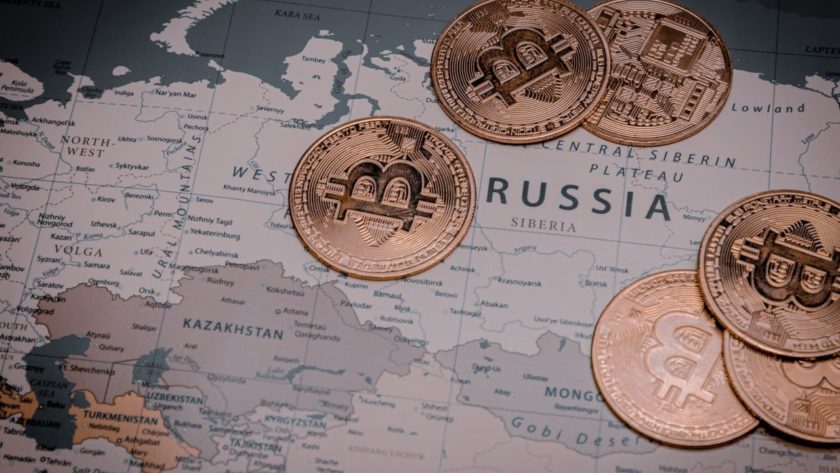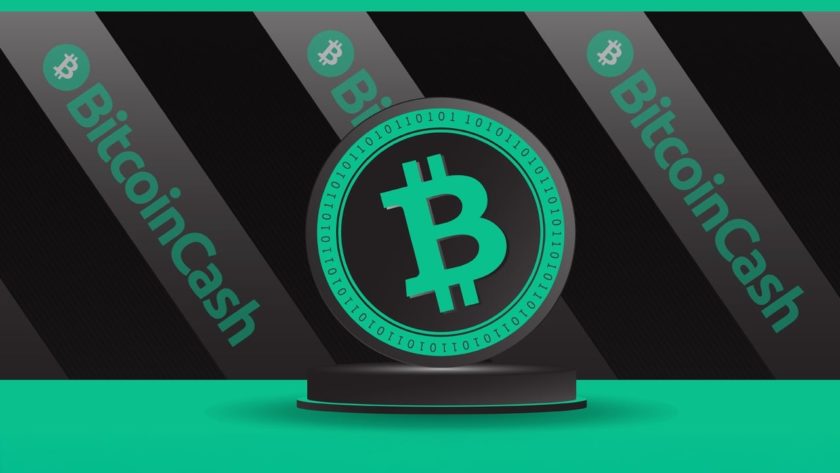Several major banks, including UBS, Banco Santander, HSBC Holdings and Deutsche Bank, are planning to build a blockchain-based settlement system by investing $50M into a joint entity called Fnality.
Several of the world’s largest banks are in the process of investing around $50 million to create a digital cash system using blockchain technology to settle financial transactions, according to Reuters.
However, this is not the first blockchain-related project by a consortium of banks. In 2015, UBS Group AG and London-based technology startup Clearmatics proposed a similar clearing and settlement technology by leveraging blockchain to make the markets more efficient.
Around a dozen banks will be investing in a new entity called Fnality which would run the project. The deal, however, still hasn’t been finalized so details may vary. The new system could be launched in 2020. It is also still unclear which banks are participating in the investment round.
Banks that had previously disclosed they were working on earlier phases of the project include UBS, Banco Santander, Bank of New York Mellon Corp, State Street Corp, Credit Suisse Group, Barclays, HSBC Holdings and Deutsche Bank.
Together with other financial institutions, banks have invested millions of dollars to test this new blockchain system that will try to reduce overall costs and simplify the procedure of unmanageable processes. These include securities settlement and international payments as well.
Few projects have been deployed at scale so far. One of them is the utility settlement coin that is also one of the most ambitious of such projects. It should be composed of a digital cash instrument that banks could use to settle transactions.
Bank settlement instruments benefit from a network effect in the same way that cryptocurrencies like Bitcoin do. SWIFT is one of the primary ways that money is moved in the modern era, and it would be far less critical if major banks had never chosen to adopt it.
This coin will be, as such, a digital cash equivalent of central bank-backed currencies like the dollar or euro that would run on blockchain-based technology. It would be convertible at parity and backed by cash assets held at a central bank. Spending the digital coin would be the same as spending the fiat currency it is paired with.
Santander as a Pioneer of Blockchain Integration
Some of these financial institutions we mentioned, have already disclosed their own blockchain projects and integrations. For example, Santander is particularly significant for its previous use of Ripple, which also opened the door to rumors that Ripple may be involved in this project.
However, if that should be true, there won’t be need for secrecy. In the case of Santander, we could see that when they started to use xCurrent, Ripple’s answer to SWIFT, the bank messaging protocol started providing real-time tracking and quick settlement for banks. The news that Santander would use XRP was big to its community.
Ripple’s vocal proponents already then propheted that mass adoption of Ripple and XRP by mainstream banks is inevitable and that the price of the asset will eventually reflect this. The group of banks, however, didn’t confirm exact cryptocurrency, but has previously said they are still discussing with central banks and regulators to ensure the project’s structure was compliant.
This is not the first of such experiments. Other initiatives on Wall Street are also testing their digital coins representing fiat currency that would run on blockchain-based technology.
JPMorgan Chase & Co announced in February that it had created JPM Coin, a token to enable instant transfers of payments between institutional accounts. The banking giant started experimenting with the use of blockchain for instant cross-border payments as well as for its corporate debt insurance business.




